Introduction
Mixing vocals is one of the most crucial steps in music production. Getting it right can make your track stand out, ensuring the vocals are clear, powerful, and blend seamlessly with the rest of the mix because let's be honest, this is the part that most people care about.
Here are four quick tips to help you achieve professional-sounding vocals using EQ, compression, saturation, and FX such as reverb and delay.
Tip 1: EQ
Proper EQing can make a significant difference in how vocals sit in a mix. Here are some essential tips:
- Remove Low-End Rumble: Use a high-pass filter to eliminate unnecessary low frequencies below 80-100 Hz.
- Add Presence: Boost around 3-5 kHz to make the vocals stand out.
- Control Sibilance: Cut around 7-10 kHz if sibilance (harsh "s" sounds) is an issue.
- Clean Up the Low End: Use a gentle slope on your high-pass filter to clean up any remaining low-end muddiness.
Tip 2: Compression
Compression helps maintain consistent vocal levels, ensuring they sit perfectly in the mix. Consider these tips:
- Moderate Ratio: Use a ratio between 3:1 to 5:1 for a balanced compression.
- Medium Attack and Release: Set attack and release times to medium settings to preserve natural vocal dynamics.
- Multiple Compressors: Use multiple compressors in series for smoother and more controlled compression. Start with a gentle compressor and follow with a more aggressive one.
Tip 3: Saturation
Saturation can add warmth and character to your vocals. Here's how to use it effectively:
- Use It With Intent: Apply saturation subtly to avoid distortion while adding warmth for extra character or use a lot of it for extra aggression. However you use it, we recommend having an intent in mind because things can get carried away quickly.
- Experiment with Different Types: Try various types of saturation (tube, tape, etc.) to find the best fit for your vocals.
- Our Distinct Pro! is perfect for this as it has multiple types of distortion.
- Blend to Taste: Adjust the blend between dry and wet signals to achieve the desired effect.
Tip 4: Reverb and Delay
Reverb and delay add depth and space to your vocals, giving them their own place in the mix and adding ambience. Here are some tips for using them:
- Create Space with Reverb: Use reverb to add a sense of space without muddying the mix. Shorter reverb times work well for maintaining clarity.
- Add Depth with Delay: Use delay to add depth and width. Sync the delay time to the track's tempo for a cohesive feel.
- Avoid Overuse: Use reverb and delay sparingly to prevent the vocals from becoming too washed out.
Conclusion
By applying these four tips, you can achieve a polished and professional vocal mix. Remember to experiment and find what works best for your specific track.
🎥 If you'd like to see our plugins in action on a vocal mix, check out this video from our YouTube Channel where Producer/Engineer Luke Dimond mixes a vocal track using just Kiive plugins!
Happy mixing!

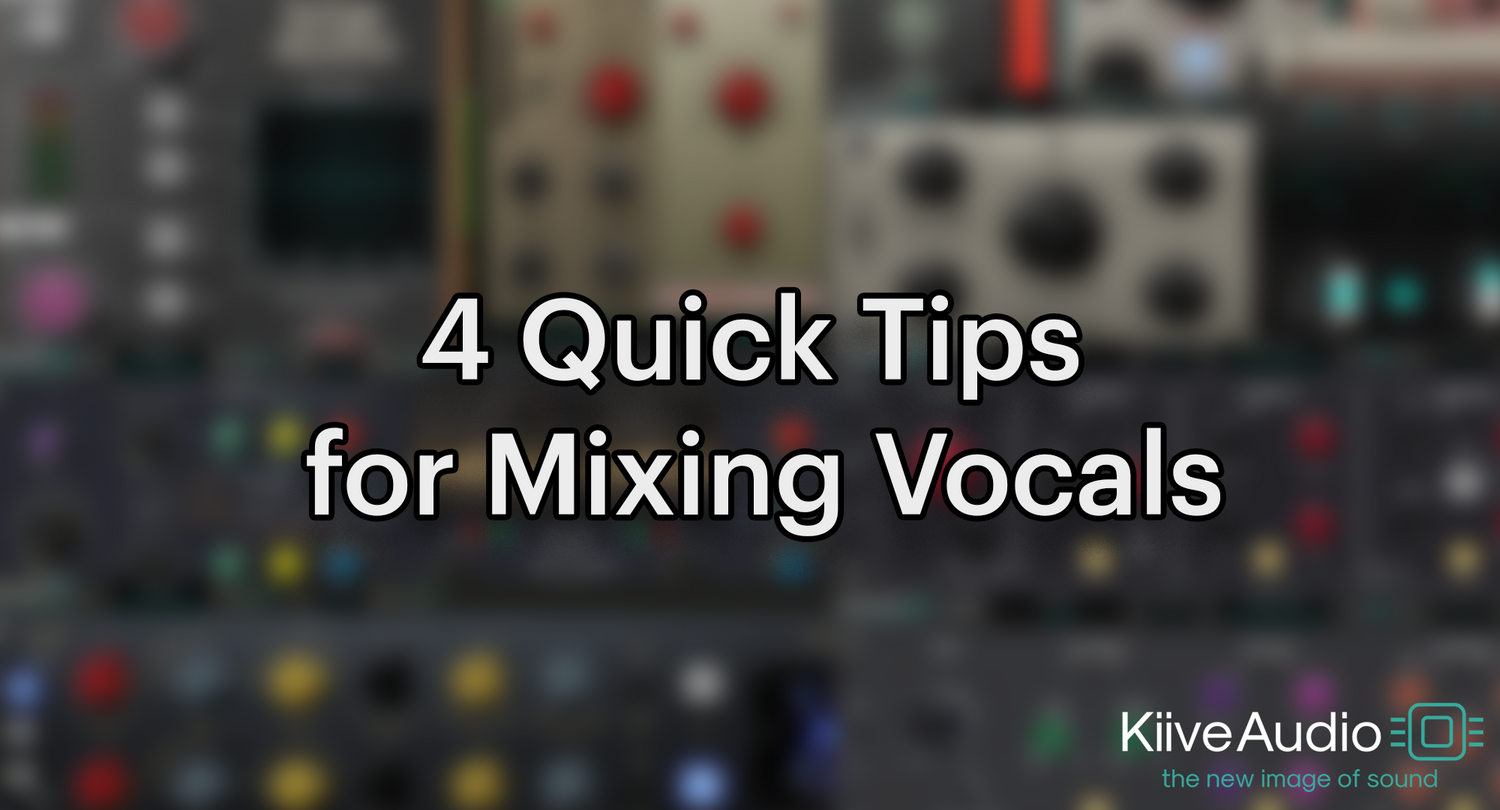



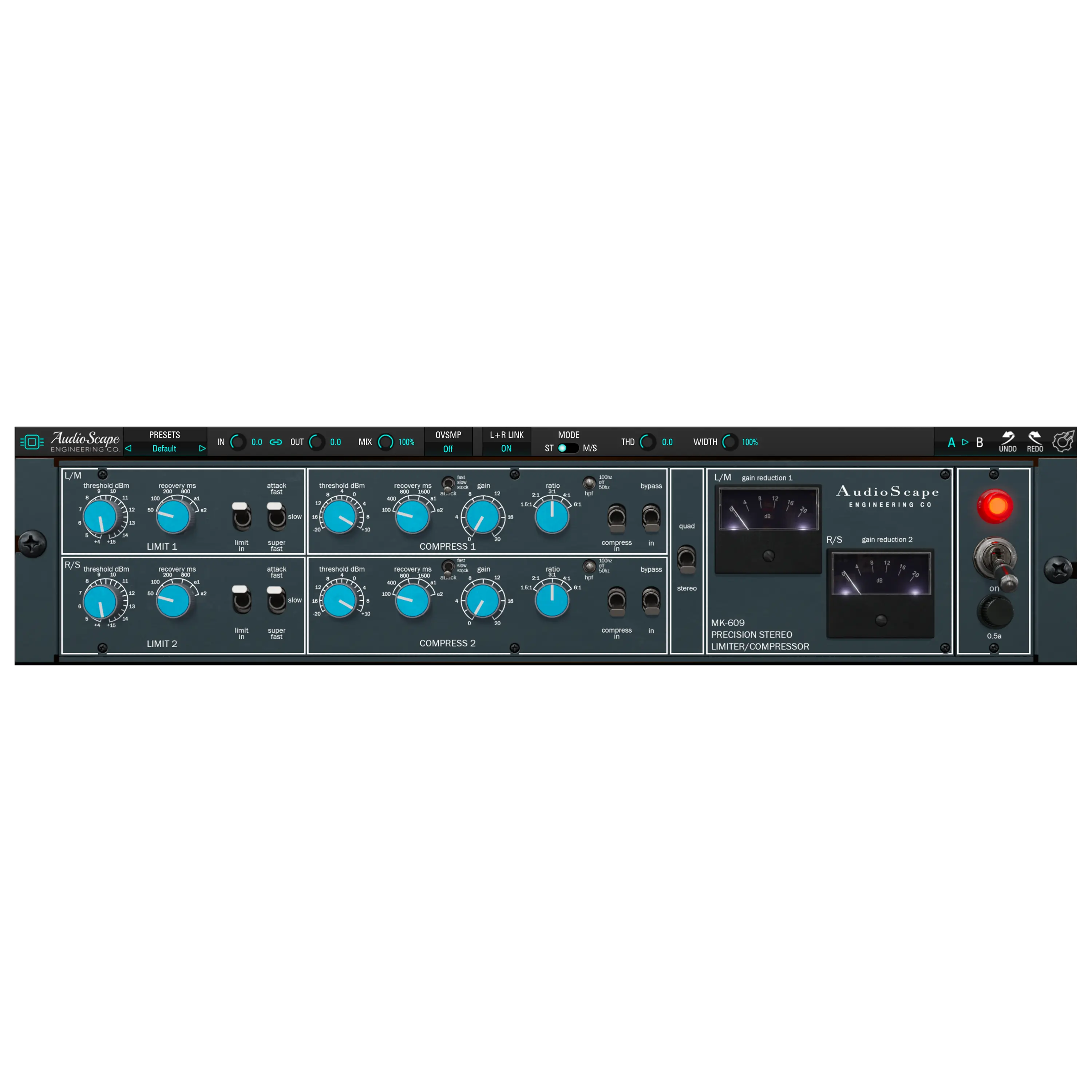
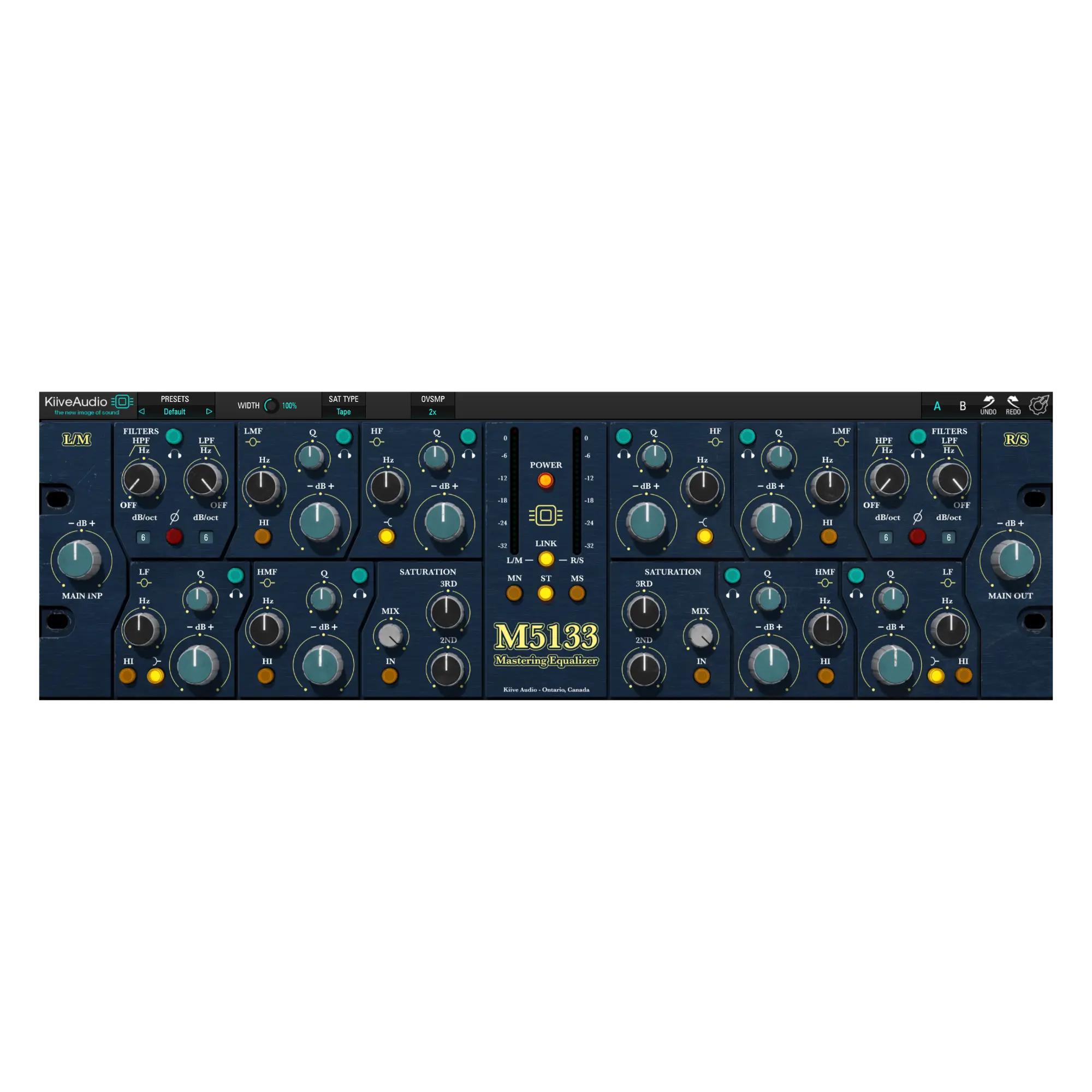
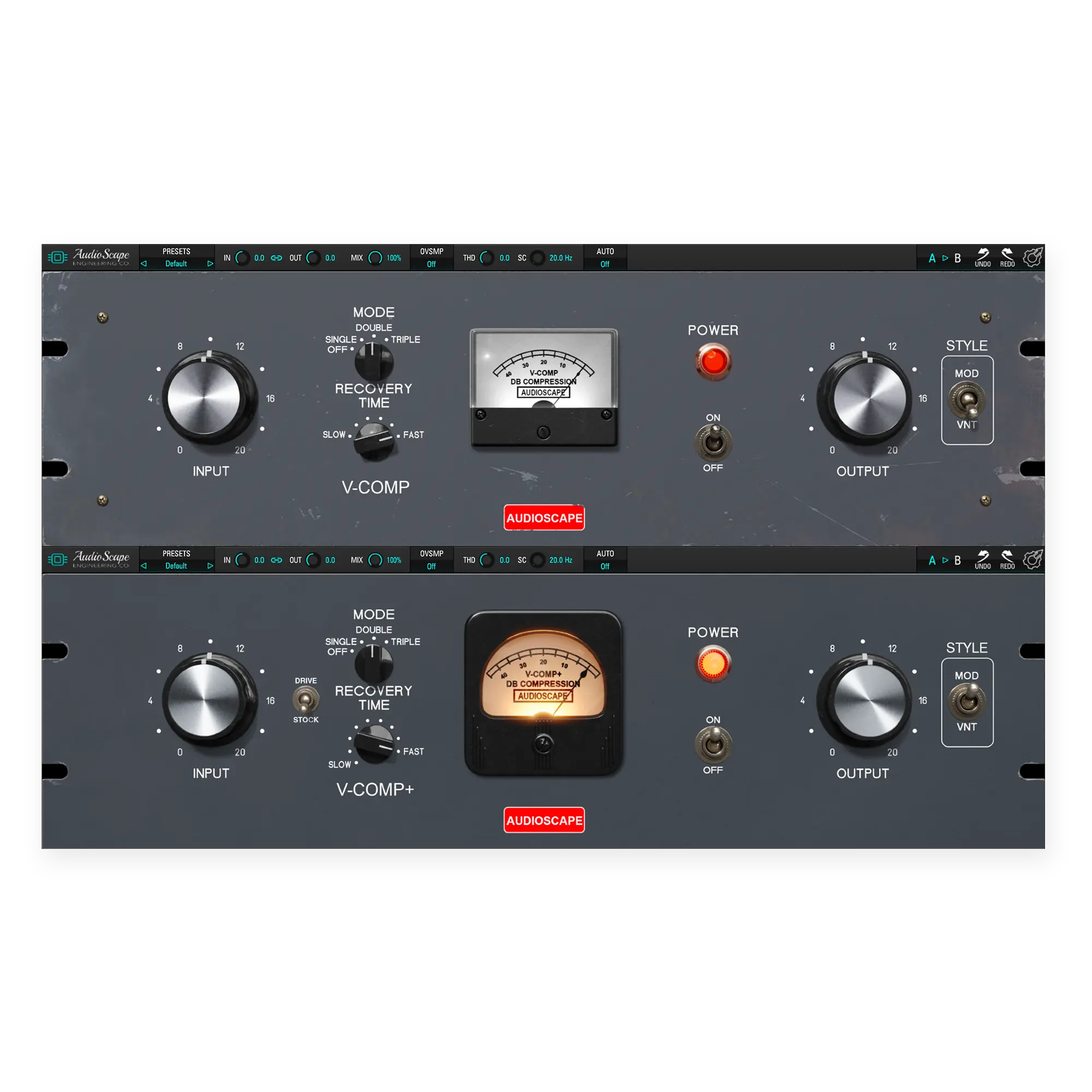
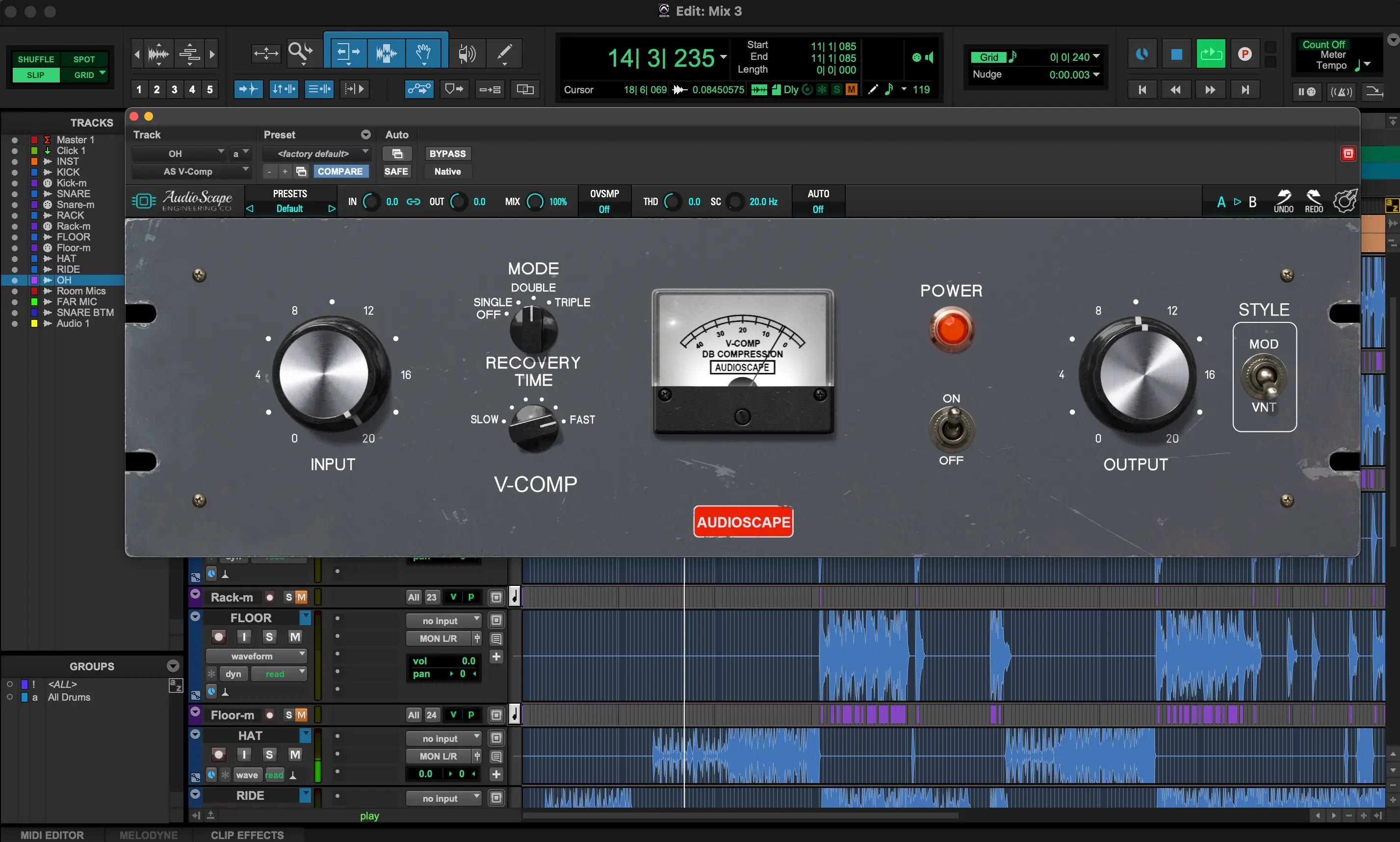
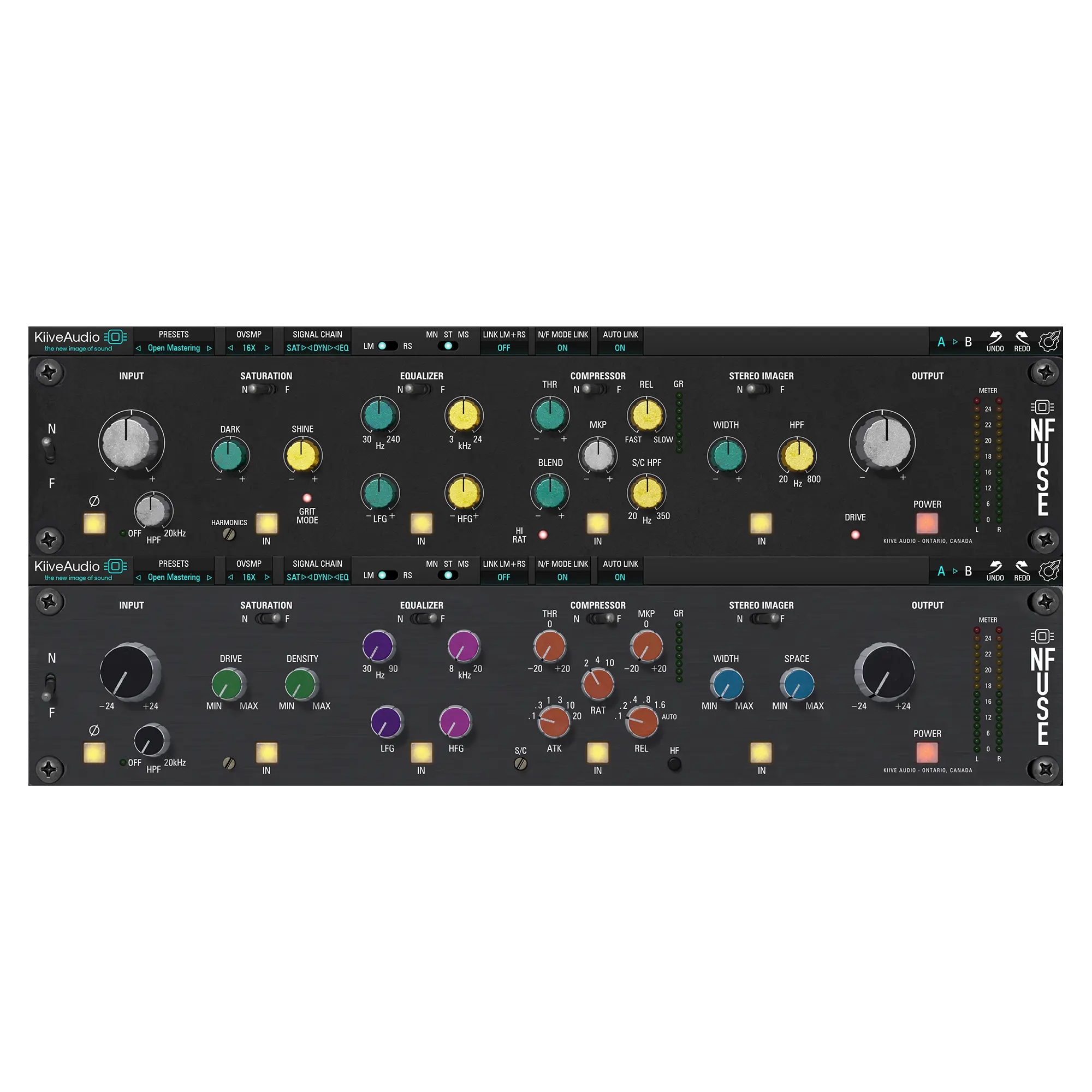
Leave a comment
All comments are moderated before being published.
This site is protected by hCaptcha and the hCaptcha Privacy Policy and Terms of Service apply.